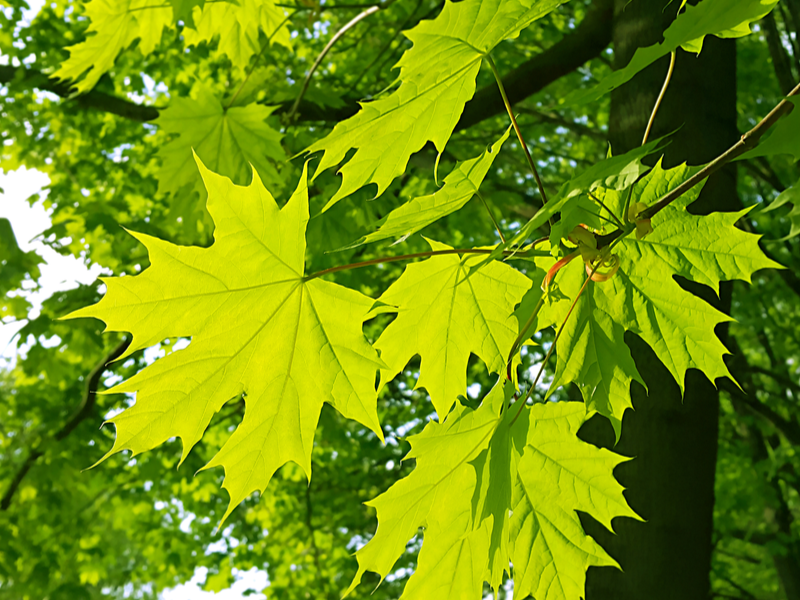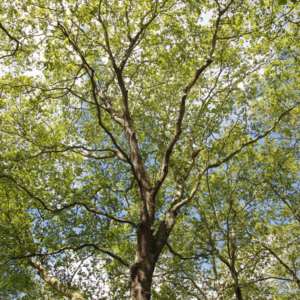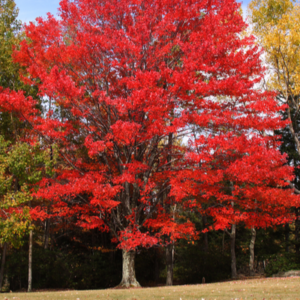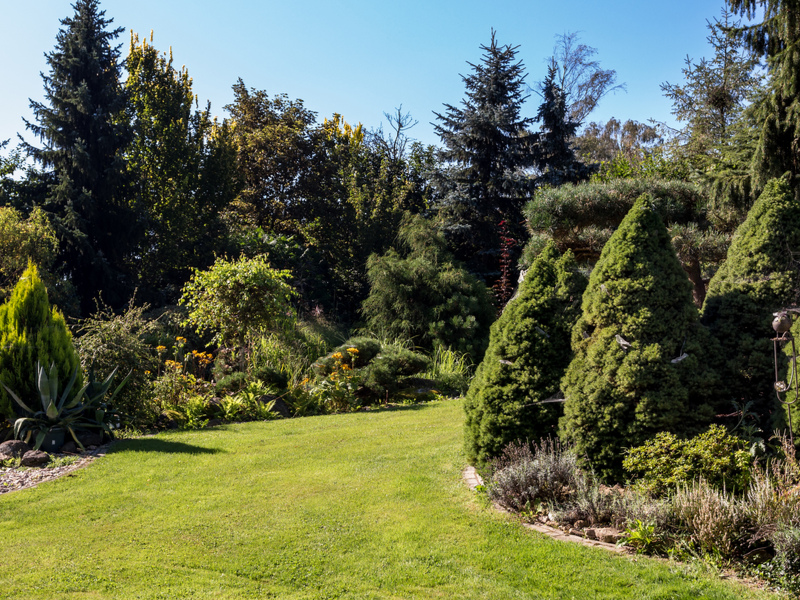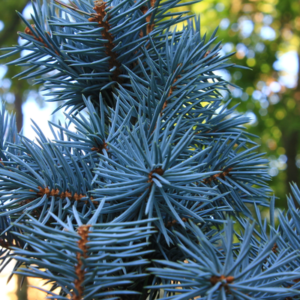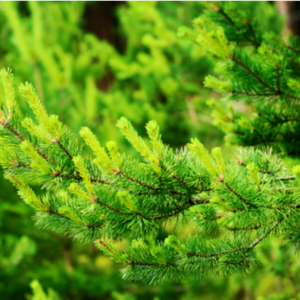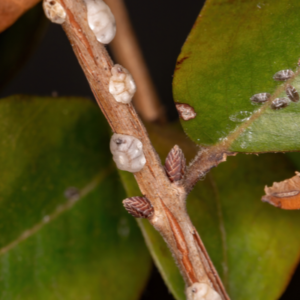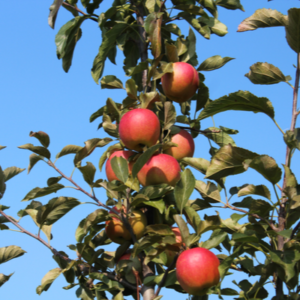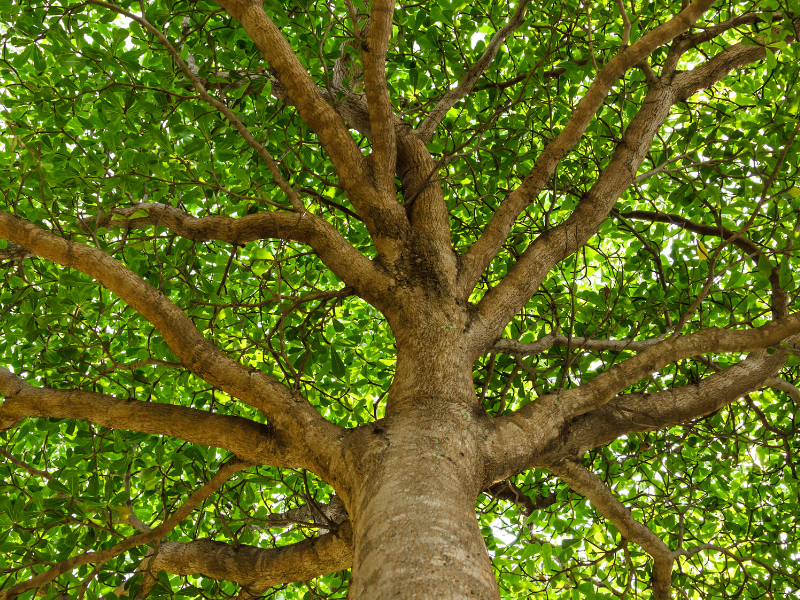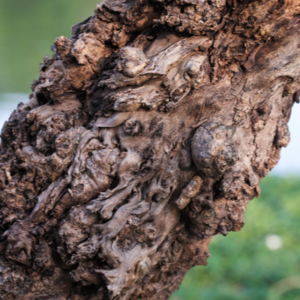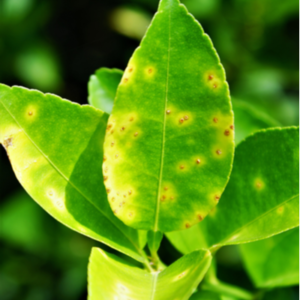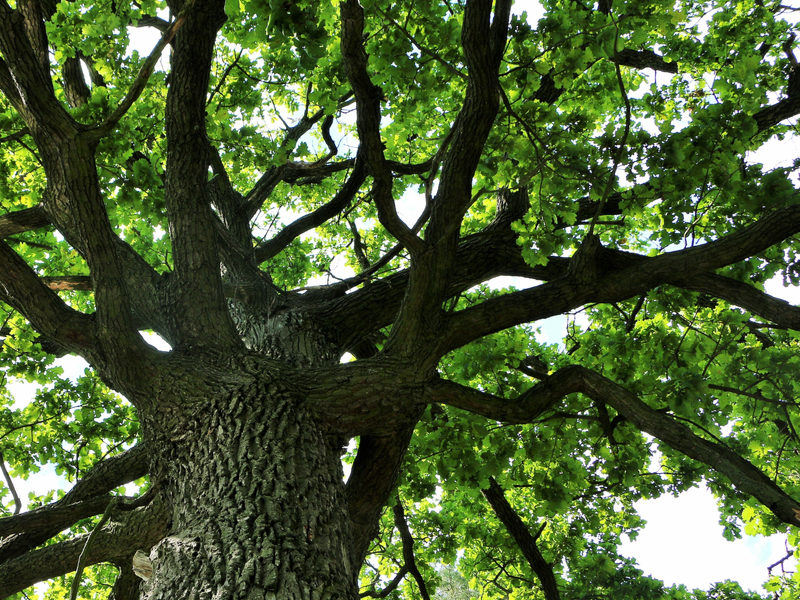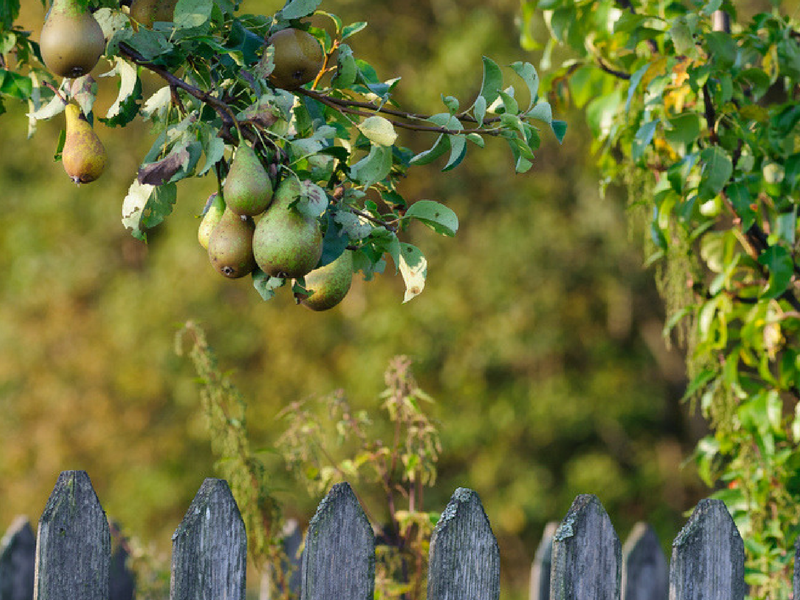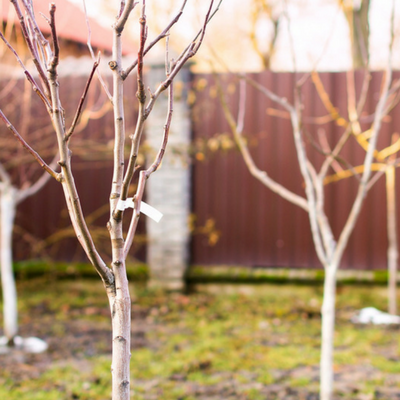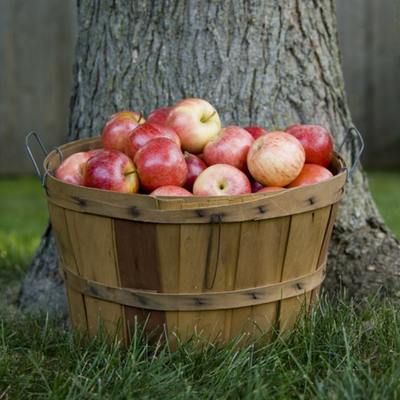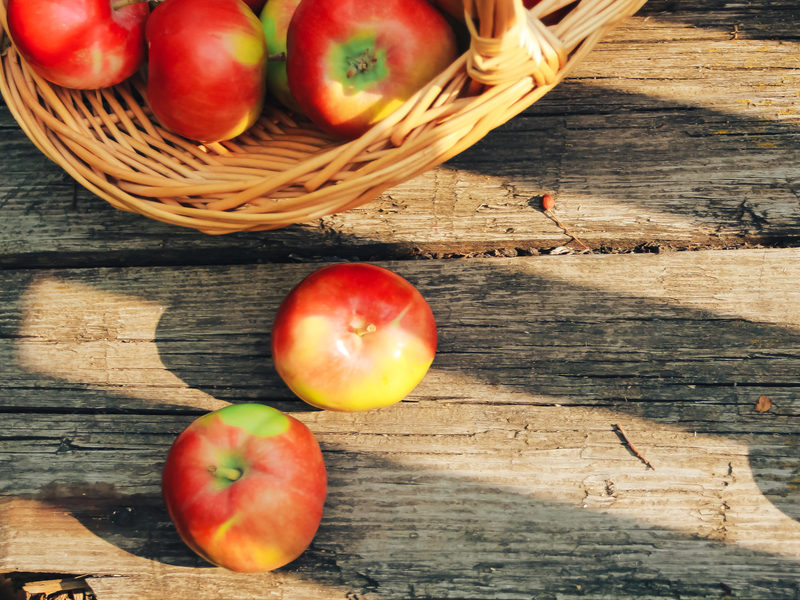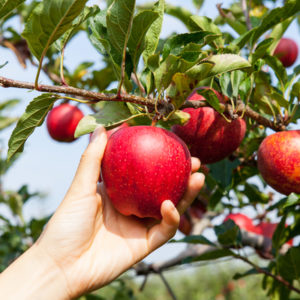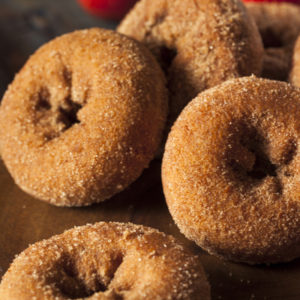Fastest Growing Trees in Michigan
Fast-growing trees allow homeowners to realize the benefits of a mature tree sooner. Individuals seem to especially focus on using fast-growing shade trees and fast-growing hedges in their landscape to reap the benefits of these value-added landscape design practices sooner.
Quaking Aspen 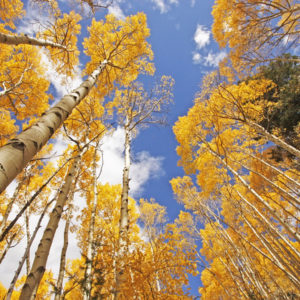
The quaking aspen is noted for its elegant white bark, deep green leaves that seem to “quake” in the breeze, and its golden-yellow color in the fall. Quaking aspens have the widest natural range of any tree in North America, spanning from Alaska down to Arizona and New Mexico. It is a fast-growing deciduous tree that usually gets 20 to 50 feet tall with narrow, rounded crowns. Quaking aspens grow from a common underground root system that can be far older than the trees on the surface. For example, Pando, a giant colony of quaking aspen in Utah, is estimated to be over 80,000 years old!
Northern Catalpa
The northern catalpa is a tree that will start a conversation. Its giant heart-shaped leaves provide excellent shade, and it’s tall twisting limbs soar high above making it a great backyard patio tree. The most interesting thing about this tree is its dangling bean-like pods that contain the seeds. The northern catalpa is an interesting tree you don’t see every day and will make a great addition to your landscape.
Red Sunset Maple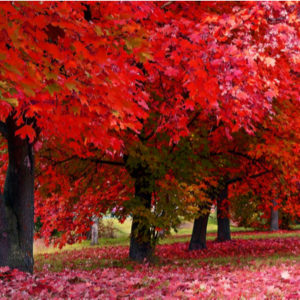
The red sunset maple can reach heights of 40 to 60 feet and up to 35 feet wide. This tree is often the first to change color in the fall, and it doesn’t disappoint when its leaves turn vibrant shades of orange and red. It produces red clusters of small flowers winter to spring. In the summer, the flowers turn to winged fruit that is enjoyed by birds and squirrels. It’s a stunning color, and fast growth rate makes this tree a great choice for your yard.
Weeping Willow
A weeping willow is sure to draw interest to your yard. These gentle giants can reach heights of over 40 feet and be just as wide in less than 15 years. You’ll love being in the shade of weeping willows and looking up into its sprawling umbrella-like canopy that is an attractive hangout for birds and squirrels. Weeping willows are usually found on edges of bodies of water or in wetlands. This is because these massive trees require large amounts of water, so they are perfect for getting rid of that constant wet area of your yard.
Silver Maple
The silver maple is one of the most popular types of maples in Michigan. The tree gets its name from how the way the white undersides of its leaves create a shimmering effect in the wind. Silver maples make great shade trees and privacy screens due to their thick full foliage. Once established, silver maples can grow from 50 to 70 feet high and up to 45 feet wide. Plant silver maples in areas where they will receive plenty of sun and ample room to grow.
Make PPM Your Trusted Tree Service
If you are looking to improve your landscape with new trees, call the tree care experts at PPM Tree Service and Arbor Care. Our tree care experts can plant your trees and make sure they grow straight and healthy. We have years of experience pruning, cabling, and removing dangerous trees.
Give us a call at (877) 454-8733 or request a quote here. Hear about the latest news and offers from PPM by following us on Twitter and Facebook. Don’t forget to check out the monthly PPM Tree blog for all your tree care tips and tricks.
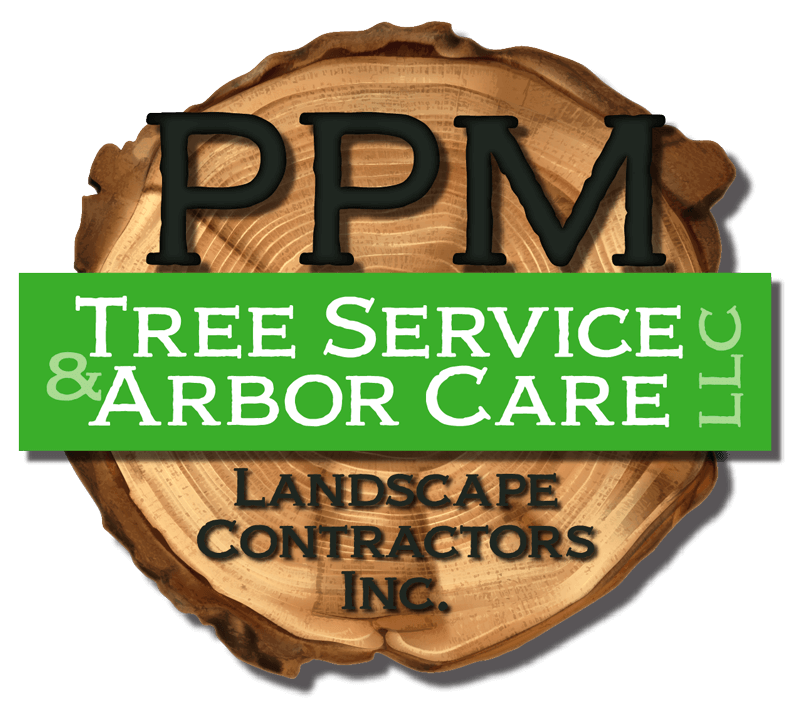
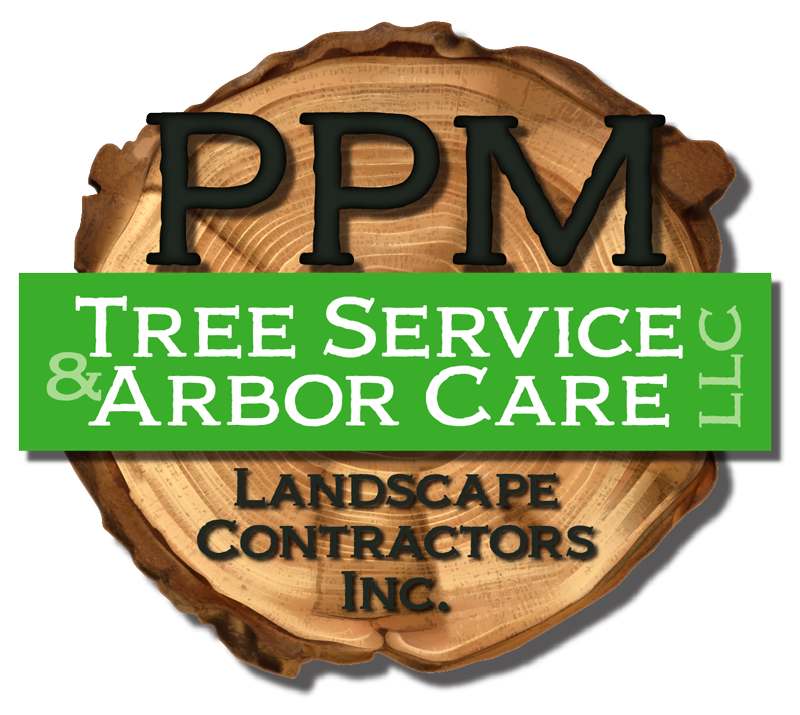
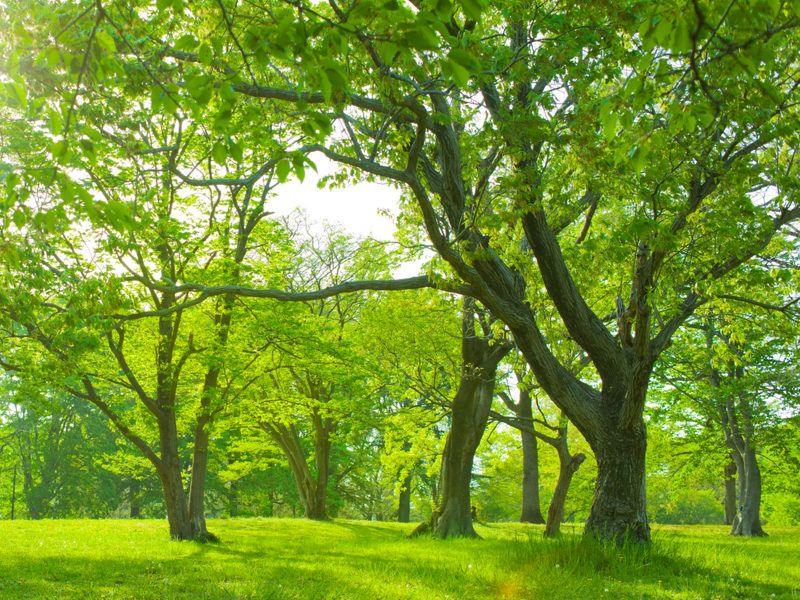
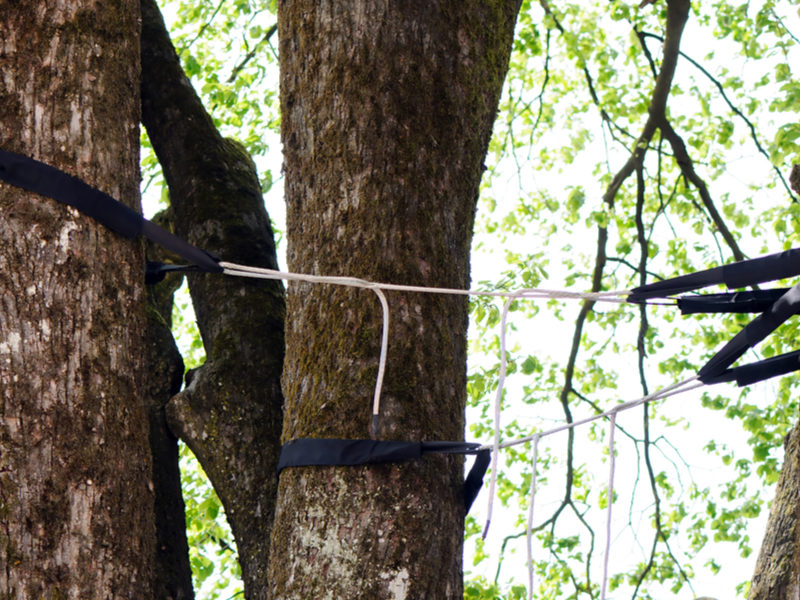
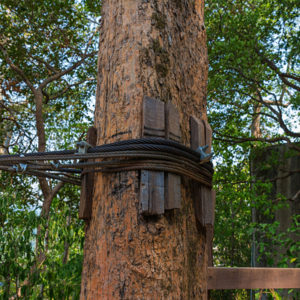
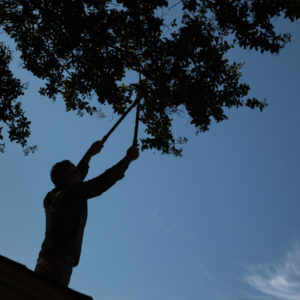
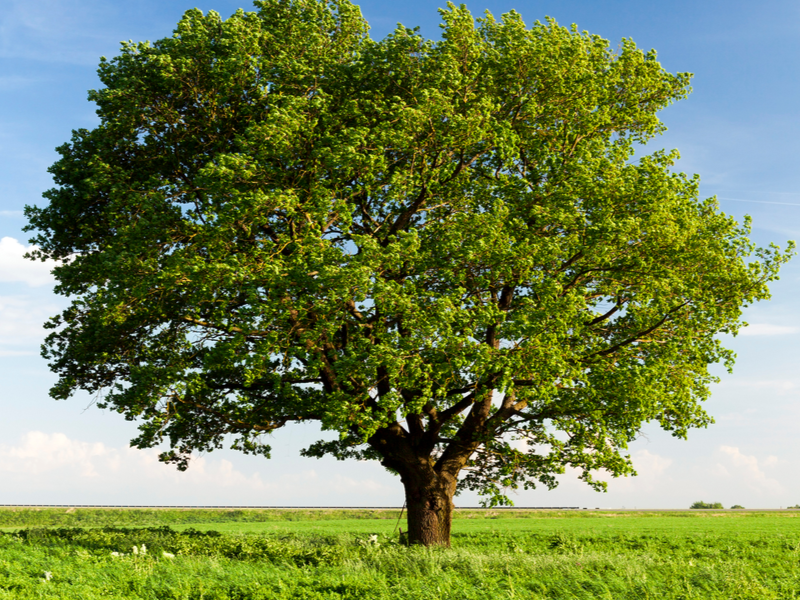
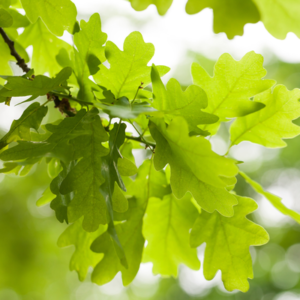
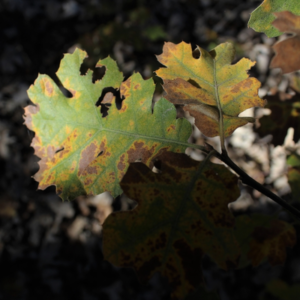 deadly tree disease, Dutch elm disease, the fungus disrupts the trees’ vascular system, causing them to wilt and die. A mature oak can succumb to oak wilt in as little as three weeks.
deadly tree disease, Dutch elm disease, the fungus disrupts the trees’ vascular system, causing them to wilt and die. A mature oak can succumb to oak wilt in as little as three weeks. 